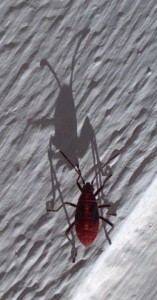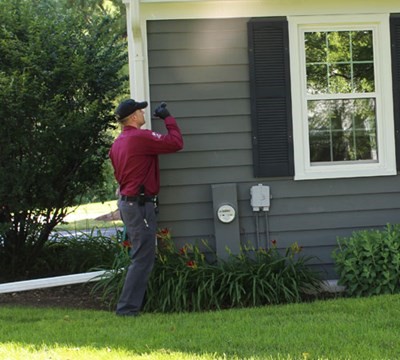This pest poses severe health risks once indoors, especially as an asthma trigger in children.
Cockroach allergens come from several sources such as fecal material, saliva, secretions, and dead bodies and cast skins, and are known to trigger allergies and increase the severity of asthma symptoms, especially in children.
The cockroach allergen is the primary contributor to childhood asthma in inner-city home environments. Studies have shown that the cockroach allergen worsens asthma symptoms in inner-city children more so than that of the dust mite or pet allergens. Children who tested positive for cockroach allergen experienced a significant increase in the number of days with a cough, wheezing and chest tightness, number of missed school days and more.
Cockroaches are attracted to water and food sources. They can come into a building on food, packages, boxes, and used furniture and appliances and migrate from adjoining apartments or buildings.
It is important for people to take preventative measures to protect their families and properties from the health threats associated with cockroaches. Cockroaches thrive in conditions of poor sanitation and areas where there is a large amount of food available. Following certain rules and eliminating those attractive environments can help prevent cockroach infestations.
Here are 4 helpful tips to make other control tactics more effective:
- Place all food, including pet food, in tightly sealed containers. Make sure you remove trash on a regular basis.
- Clean up areas where food has spilled. This includes under appliances and behind cabinets.
- Repair leaking pipes and faucets and store any wet cleaning supplies in a dry place. Cockroaches need a source of water in order to survive.
- Eliminate hiding places. Seal and caulk any cracks or crevices that cockroaches might hide in. Cockroaches only need 1/16th of an inch sized opening to hide. Removing clutter like boxes and paper will eliminate shelter materials.
Cockroaches are more difficult to control in apartment buildings. Some sprays simply repel the cockroaches and drive them into untreated areas. All units may need to be treated to prevent reinfestation. Tenants should keep trash rooms clean, and allow free access to pest control professionals.
As always, if you are experiencing a pest problem, we are happy to help online, or you can call us at 866-591-3519 .

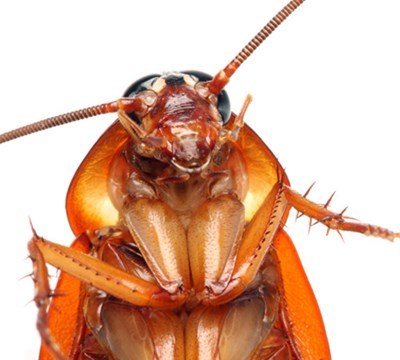
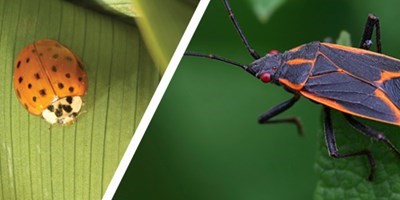
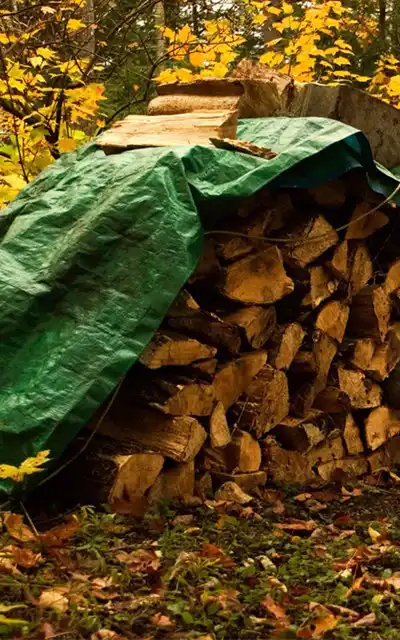
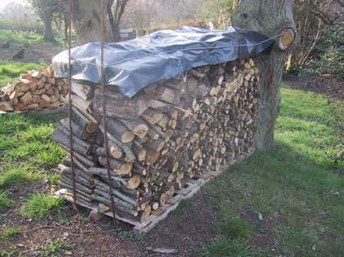
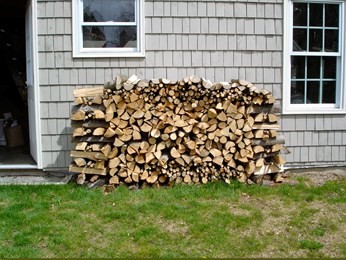
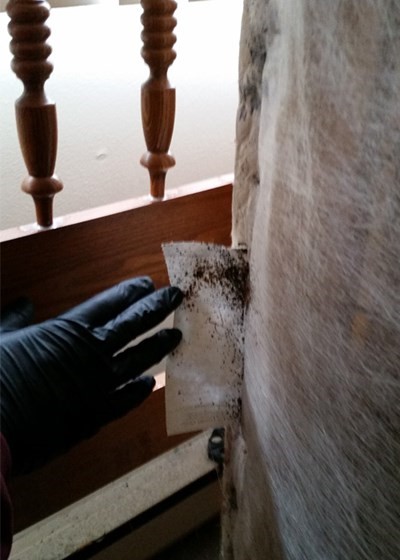
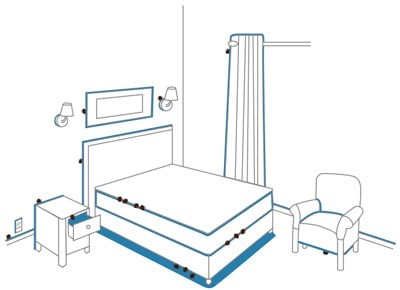

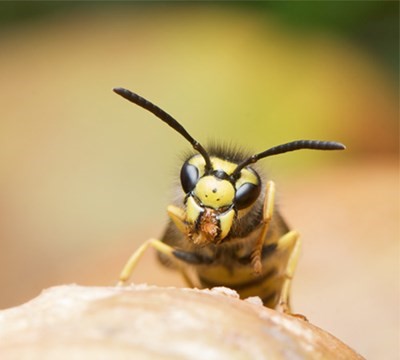
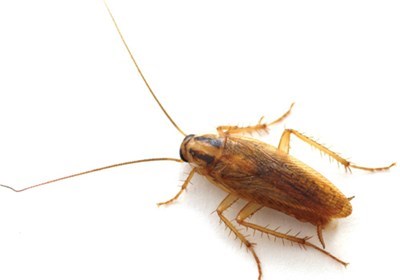
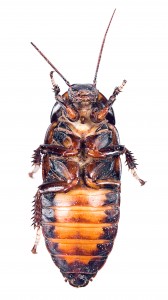
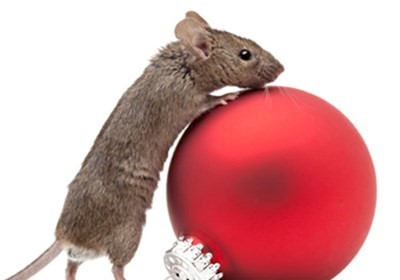
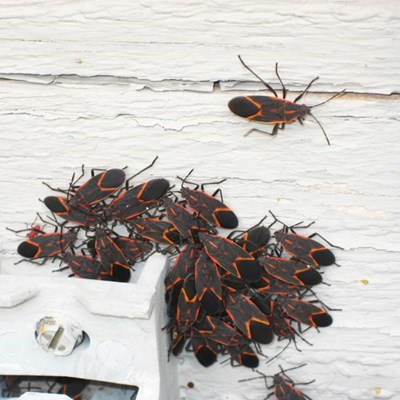
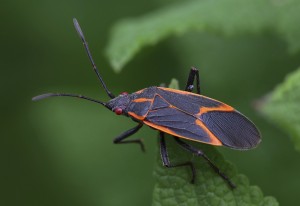 During summer, boxelder bugs feed on leaves, flowers, and seedpods of boxelders and silver maples, where they do minor damage to the trees. During fall, they
During summer, boxelder bugs feed on leaves, flowers, and seedpods of boxelders and silver maples, where they do minor damage to the trees. During fall, they 